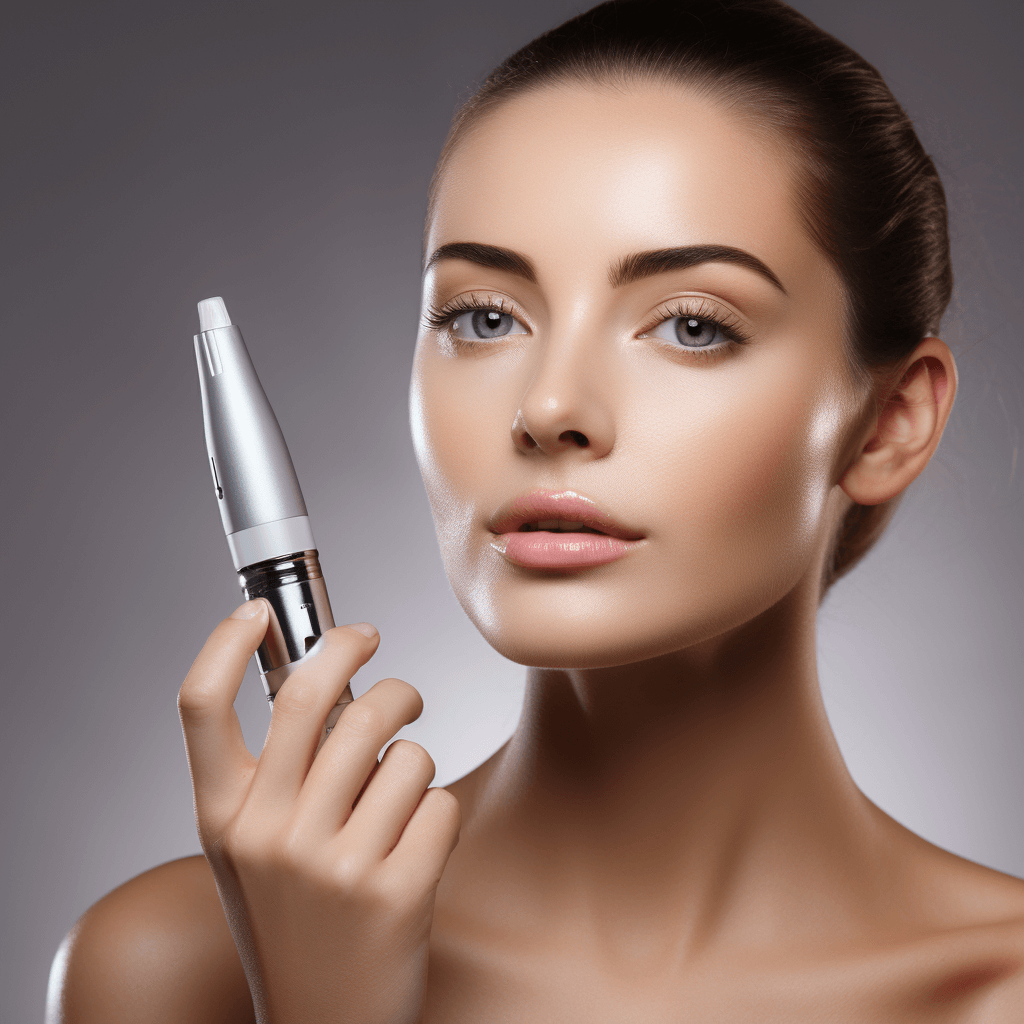Successful Skin Improvement with Ultrasonic Scalpel Technology

Introduction:
Ultrasonic scalpel technology has revolutionized the field of dermatology and aesthetics, offering precise and effective solutions for various skin issues. This clinical case study introduces Sarah, a 30-year-old woman who sought treatment for bothersome acne scars and experienced remarkable skin improvement with the use of ultrasonic scalpel technology.
Case Background:
Sarah had been struggling with acne scars on her cheeks and chin for several years. Despite trying various skincare products and treatments, the scars remained, affecting her self-esteem and confidence. After consulting with Dr. Smith, a board-certified dermatologist, it was decided that ultrasonic scalpel technology could be the answer to her skin concerns.
Procedure Details:
Under the expert hands of Dr. Smith, Sarah underwent a targeted treatment using ultrasonic scalpel technology. The procedure involved the following steps:
- Initial Assessment: Dr. Smith conducted a thorough assessment of Sarah’s skin, evaluating the depth and type of acne scars.
- Local Anesthesia: To ensure Sarah’s comfort during the procedure, local anesthesia was administered to the treatment area.
- Ultrasonic Scalpel Treatment: Dr. Smith carefully employed the ultrasonic scalpel to precisely target the acne scars. The high-frequency ultrasound waves gently exfoliated the scarred tissue while stimulating collagen production.
- Post-Operative Care: After the procedure, Sarah received detailed instructions for post-operative care, which included skincare routines and sun protection to optimize the healing process.
Results and Outcome:
Over the course of a few months, Sarah’s skin underwent a remarkable transformation. The once-prominent acne scars began to fade significantly. According to a study published in the Journal of Dermatological Treatment, ultrasonic scalpel technology has been shown to effectively reduce the appearance of acne scars in clinical trials. Sarah reported not only smoother and more even-textured skin but also a reduction in hyperpigmentation and an improvement in overall skin tone. Her self-confidence soared, and her friends and family also noticed the positive change, further boosting her morale.
Acknowledgment and Follow-up:
Sarah’s successful treatment with ultrasonic scalpel technology was not only a personal victory but also a testament to the skill and expertise of Dr. Smith. Sarah expressed her deep gratitude for the life-changing results she had achieved. Dr. Smith emphasized the importance of personalized treatment plans tailored to individual skin concerns and the significance of combining ultrasonic scalpel technology with comprehensive skincare routines for sustained improvement.
Conclusion:
Sarah’s clinical case is a compelling example of how ultrasonic scalpel technology can be a transformative solution for persistent skin issues, such as acne scars. The precise and minimally invasive nature of the procedure, along with its ability to stimulate collagen production, can lead to remarkable improvements in skin texture, tone, and overall appearance. Sarah’s story underscores the positive impact that cutting-edge dermatological technology can have on individuals’ lives, enhancing both their physical and emotional well-being through significant skin improvement, as supported by scientific research.
FAQ
How long does ultrasonic last?
Ultrasonic device lifespan varies but can last several years with proper maintenance.
What are the disadvantages of ultrasonic?
Noisy, high energy consumption, limited applications, ongoing maintenance costs, risk of tissue damage.
What is the difference between ultrasound and ultrasonic?
Ultrasound and ultrasonic refer to related but distinct concepts. Ultrasound generally refers to the use of high-frequency sound waves for medical imaging, diagnostics, or therapeutic purposes. Ultrasonic, on the other hand, specifically relates to the use of high-frequency sound waves in surgical tools and devices for tasks like cutting or tissue separation. Ultrasound is often non-invasive and used for imaging, while ultrasonic devices are typically used during surgery.
How long does it take to see results from Ulthera/HIFU treatment?
Results may vary, but some people start to see improvements in skin tightness and texture within a few weeks to months after the procedure. Full results may take a few months to become apparent
How does an ultrasonic scalpel work?
An ultrasonic scalpel operates by utilizing high-frequency sound waves to vibrate and cut tissue. It typically consists of a vibrating element, often made of titanium alloy or ceramics, which generates ultrasonic vibrations causing the blade at its tip to vibrate at an extremely high frequency. The heat generated by this vibration is sufficient to cut tissue while reducing the risk of bleeding.


